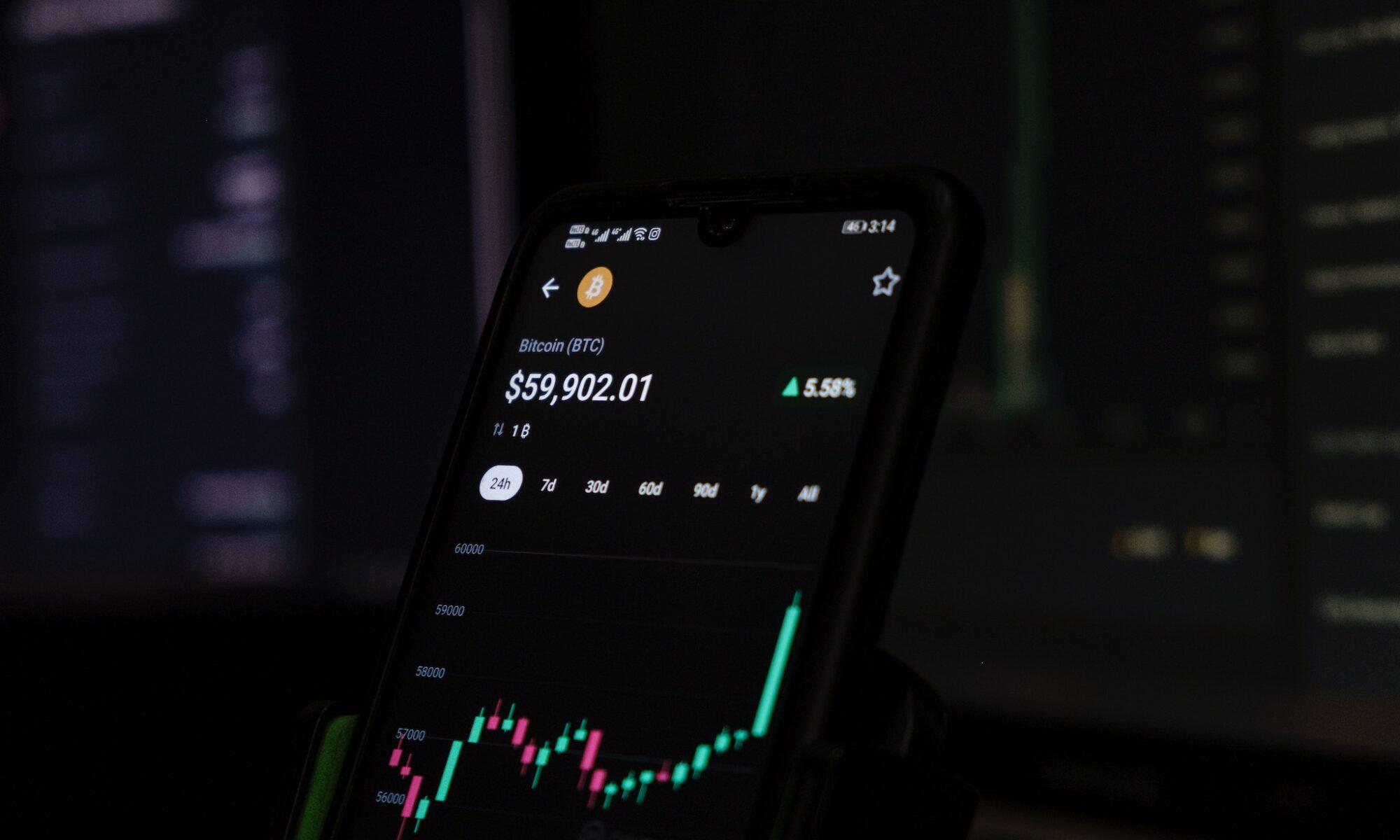Transcending the traditional understanding of economic operations, finance is always fermenting with innovation. From the bubbling cauldron of progress, a nebulous concept has crystallized, decentralized finance, or DeFi. Not merely a fleeting idea, DeFi is a paradigm shift in our perception of financial systems, fostering an ecosystem that’s open, accessible, and transparent. As we walk you through this exploratory discourse, we hope to peel away the layers of DeFi, illuminating its mechanics, boons, hurdles, and the gleaming prospects on its horizon.
Ponder over DeFi’s Mechanics
The beating heart of DeFi is blockchain technology – an intricate distributed ledger that meticulously records transactions across a plethora of computers. A compelling marriage of simplicity and complexity, blockchain employs smart contracts – a brilliant codification of buyer-seller agreement terms. These clever constructs facilitate transactions sans intermediaries, paving the way for self-sustaining and automated exchanges.
Decentralized exchanges or DEXs, operate in a peer-to-peer fashion, exchanging digital currencies unimpeded by intermediaries. The platforms extend to lending and borrowing, offering individuals the freedom to lend or borrow digital assets. Stablecoins, a variant of cryptocurrencies, are crafted to hold their value and present a dependable store of value. Yield farming – a method to earn rewards by providing liquidity to DeFi protocols – is another cog in this fascinating wheel of DeFi.
Unfolding DeFi’s Boons
DeFi bestows several impressive advantages over traditional finance. Among the crown jewels is its accessibility. Anyone possessing an internet connection can tap into DeFi, dissolving the geographical boundaries and high fees associated with traditional finance.
Transparency is a coveted characteristic, and DeFi scores high. Transactions are etched on a public blockchain, openly auditable, and that deters fraudulent maneuvers and bolsters trust in the system.
Security is not compromised either. The decentralized nature of transactions, along with public blockchain records, renders them impervious to hacking and manipulation, making DeFi a stronghold for financial transactions.
The decentralized aspect is vital. It is liberated from the clutches of any central authority, thus annihilating intermediaries and minimizing the likelihood of manipulation by central entities.
The Thorny Path: Challenges of DeFi
However, DeFi is not bereft of challenges. One formidable hurdle is the towering gas fees, levies for miners to execute blockchain transactions. The rising popularity of DeFi has sent gas fees skyrocketing, pushing the cost of using DeFi protocols upwards.
Scalability is a serious concern. As DeFi adoption swells, the blockchain risks becoming swamped, leading to sluggish transactions and steeper fees.
Regulation adds to the complexity. DeFi’s decentralization causes it to elude traditional regulatory finance frameworks, cultivating uncertainty for users and regulators alike.
Gazing into the Crystal Ball: Future of DeFi
Despite the thorns, DeFi’s path is luminous. A promising symbiosis with traditional finance is on the horizon, ushering the benefits of DeFi to a wider audience. The mainstream is beckoning DeFi, and its adoption is set to spike.
Innovation is a persistent undercurrent in the DeFi realm. With the development of new DeFi protocols and applications, the growth potential is astronomical.
Final Reverberations
DeFi, in essence, is an exhilarating evolution in finance. It’s a brave new world founded on blockchain technology, aspiring for a financial system that is open, transparent, and accessible. It promises a raft of benefits over traditional finance, including accessibility, transparency, security, and decentralization, yet navigates through high gas fees, scalability, and regulation.
The challenges notwithstanding, DeFi’s future is effervescent. It is set to intertwine with traditional finance, and its breakthrough into the mainstream seems imminent. Innovation and growth are the cornerstones of DeFi’s future. It’s an electrifying time to delve into DeFi and be an integral part of finance’s future.
With this article as a launching pad, we encourage you to continue your exploration of DeFi. Thank you for journeying with us through this text. Do return to our website for more intriguing content.
In the intricate tapestry of the economic landscape, decentralized finance or DeFi stands as a significant thread, pulling us towards an innovative paradigm of financial operations. Throughout this piece, we have explored the contours of DeFi, mapping its technical foundations, acknowledging its potential benefits, and weighing its considerable challenges, all while casting an anticipatory glance towards its seemingly radiant future.
Central to our understanding of DeFi is the technological marvel that enables it – blockchain technology. This intricate system of distributed ledgers offers a novel framework for transaction recording and processing, carving a new pathway for financial exchanges. Through smart contracts, a remarkable innovation that encapsulates the terms of buyer-seller agreements, transactions become automated, efficient, and free from intermediary oversight.
The DeFi ecosystem teems with a plethora of elements, each contributing to the establishment of a decentralized financial marketplace. Decentralized exchanges (DEXs), yield farming, and stablecoins, for instance, each serve a distinct function, expanding the capabilities of the DeFi universe and providing a compelling alternative to traditional financial systems.
Indeed, the advantages of DeFi are not to be underestimated. DeFi ushers in an era of unprecedented accessibility, with anyone equipped with an internet connection able to tap into the financial sphere. The promise of transparency, etching each transaction onto a public blockchain, bolsters trust in the system and acts as a deterrent against fraudulent maneuvers. Coupled with robust security protocols inherent in the system’s decentralization, DeFi presents a compelling alternative to conventional, centralized finance.
Nevertheless, DeFi is no panacea, and our examination would be incomplete without acknowledging the thorny challenges that lay in its path. The swelling popularity of DeFi has come at a cost, with gas fees – the price levied for the execution of blockchain transactions – inflating considerably. Scalability too poses a significant challenge as the adoption of DeFi swells, threatening to overwhelm the blockchain and lead to slower transactions and steeper costs. Regulatory ambiguity, as a result of DeFi’s inherent decentralization, further compounds these concerns.
Despite these hurdles, however, the future of DeFi appears to be one of significant promise. The integration of DeFi with traditional finance offers the tantalizing prospect of extending the benefits of this innovative paradigm to a broader audience. As DeFi edges closer towards the mainstream, its potential for growth and the corresponding scope for innovation appear boundless.
To sum up, DeFi represents a watershed moment in the evolution of financial systems. Rooted in the ground-breaking technology of blockchain, DeFi aims to foster an open, accessible, and transparent financial ecosystem. While the path is fraught with challenges – including escalating gas fees, scalability issues, and regulatory uncertainty – the horizon of DeFi shines with promise. Its imminent intertwinement with traditional finance, coupled with its potential for innovation and growth, paint a vibrant picture of the future of finance.
Through the exploration offered in this article, we hope to have equipped you with a comprehensive understanding of DeFi, and encourage you to continue your journey into this exciting frontier of finance. As DeFi continues to evolve, it promises to offer rich insights and opportunities for those interested in the future of financial systems. In this thrilling epoch of DeFi, we stand on the brink of what could be a paradigm-shifting phase in the financial sphere. This journey is as daunting as it is tantalizing, as convoluted as it is illuminating, and as pioneering as it is groundbreaking.
Thus, let’s persist in investigating, comprehending, and dissecting the evolving DeFi cosmos, untangling its complexities, exploiting its potential, and steering through its obstacles. Let’s voyage together into this daring new universe of decentralized finance, probing, learning, and moulding the finance of tomorrow.
FAQs: Enquiries and Clarifications
What is DeFi?
Decentralized finance or DeFi is a revolutionary perspective on financial systems. It strives for a financial environment that’s more open, transparent, and accessible.
How does DeFi function?
DeFi is the offspring of blockchain technology. It’s a decentralized, distributed ledger that records transactions across a network of computers. Smart contracts streamline transactions and cut out intermediaries.
What makes DeFi beneficial?
DeFi holds the edge over traditional finance in various aspects, including accessibility, transparency, security, and decentralization.
What obstacles does DeFi face?
DeFi grapples with high gas fees, scalability, and the ambiguity of regulation.
What’s the prognosis for DeFi’s future?
DeFi’s future is aglow with promise. It is poised to merge with traditional finance, gain mainstream acceptance, and witness rampant innovation and growth in the DeFi space.

